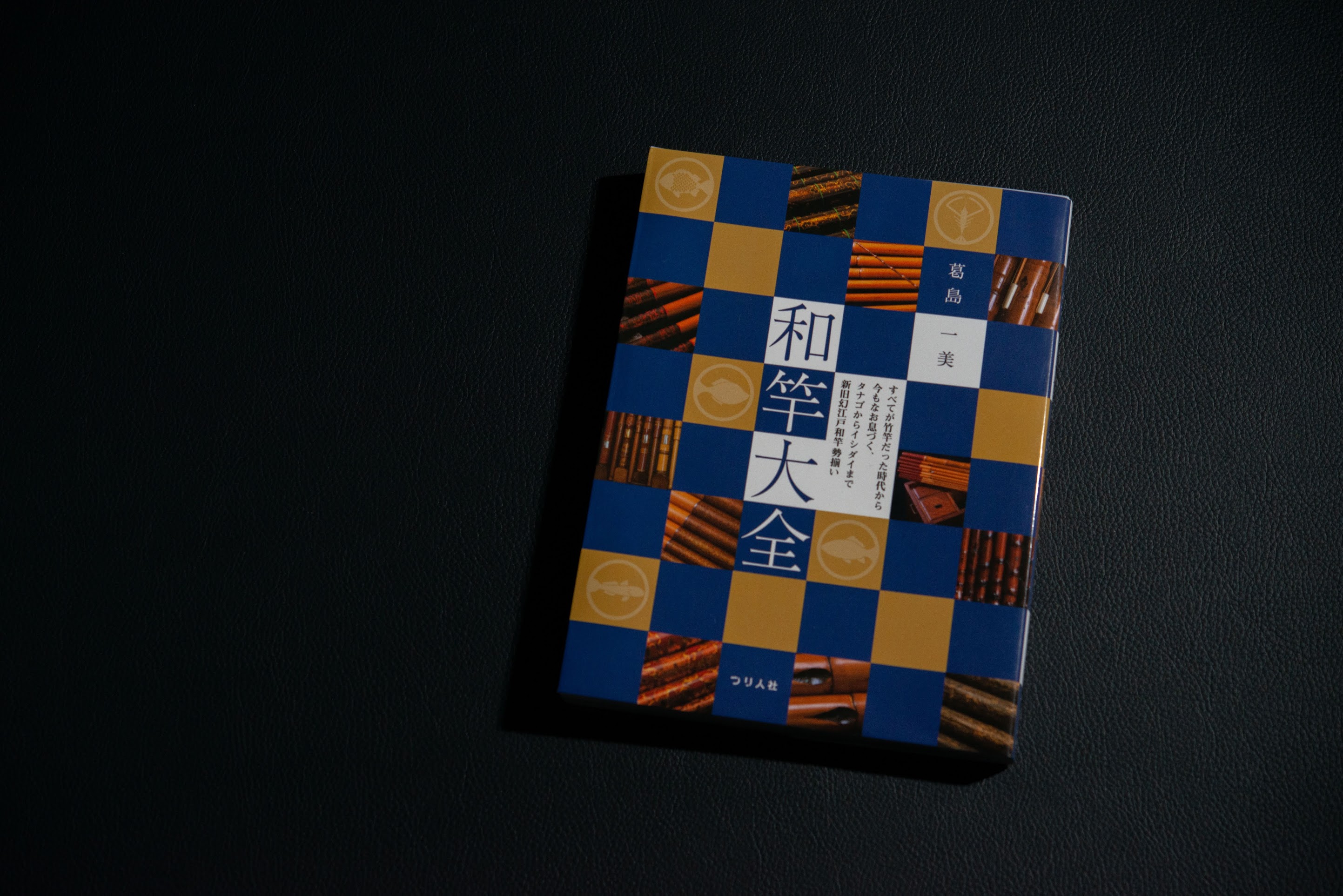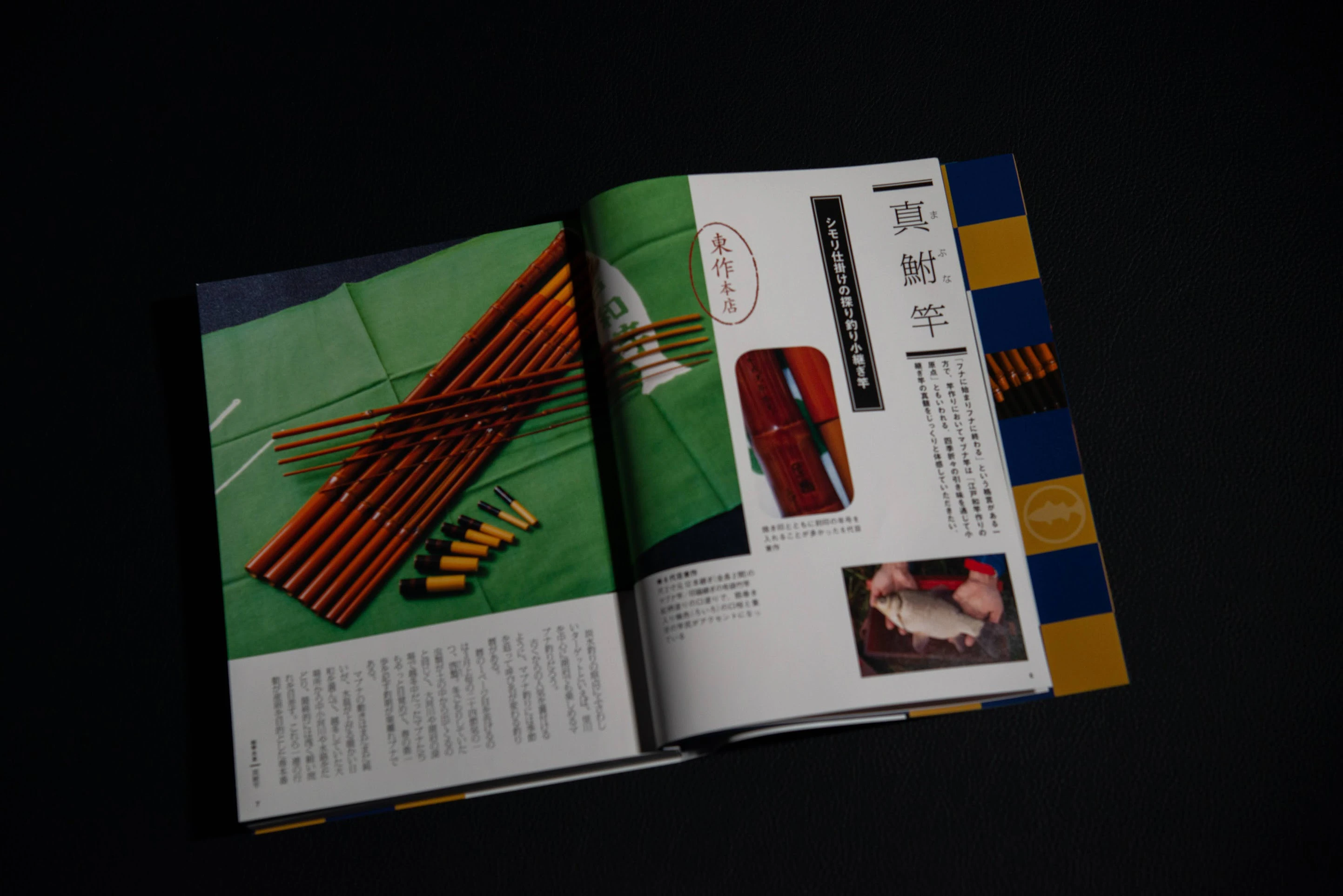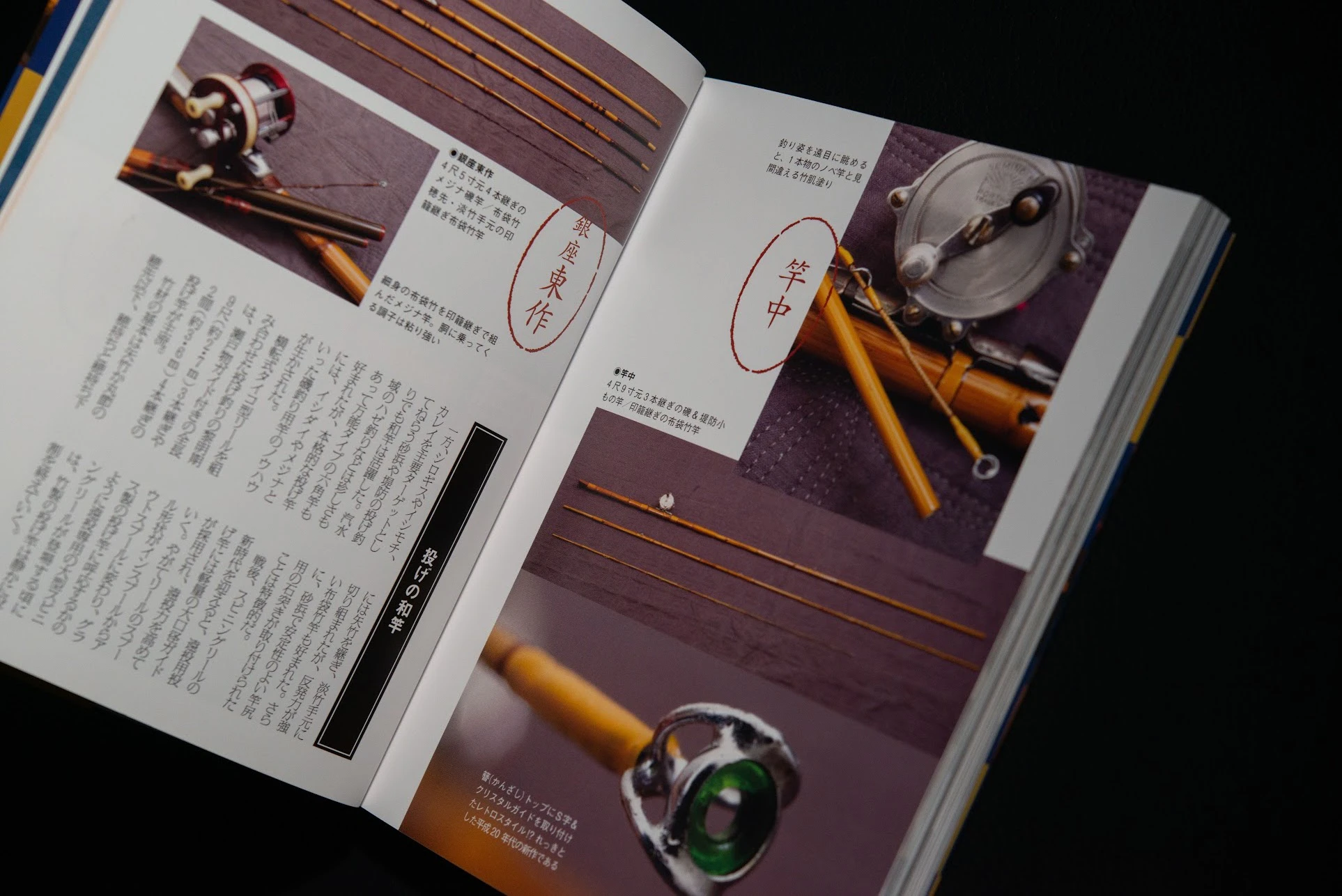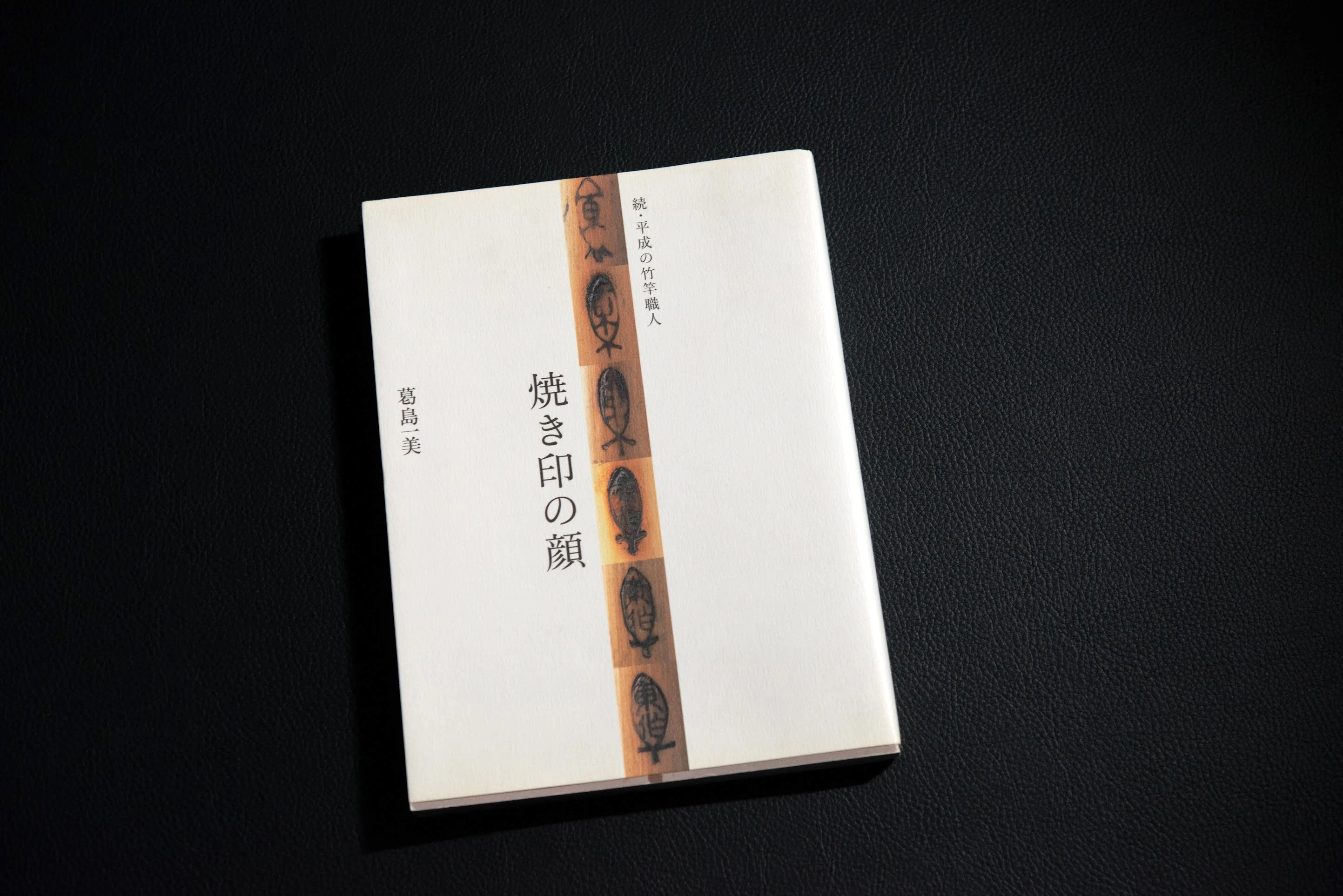
This series highlights must-read books that WAZAO-IPPON members have studied while exploring Japanese fishing culture. In this installment, we introduce the final volume of the indispensable "Katsurashima WAZAO Trilogy": "The Complete Guide to WAZAO" by Kazumi Katsurashima (2017, Tsuri-Bito), a crucial read for anyone interested in the world of WAZAO.
A comprehensive guide
Unlike the first and second volumes, this book serves as a guide to the various types of fishing rods and the principles behind them in the world of Edo-period WAZAO. For readers who have been captivated by the stories of the craftsmen but find themselves realizing, "Wait, I don’t actually know much about the rods themselves," this is the perfect read.
Starting with rods for crucian carp (Manabuna), and extending to those for bitterling (Tanago), mountain streams (Keiryu), and clear rivers (Seiryu), Edo-period WAZAO are intricately categorized based on the target fish. At the same time, many rods use the same type of bamboo, making their differences less obvious at first glance. As you progress through this book, you'll not only learn the theories behind these distinctions but also gain an understanding of whether the differences arise from functional needs or cultural nuances.

The Manabuna rod, often considered the foundation of all WAZAO, is thoroughly explored in this book.
A sense of playfulness
In the section on the Manabuna rod, I came across an intriguing passage:
*"The Manabuna rod is also great for light fishing at the edge of the sea."*
Edo-period WAZAO are meticulously categorized by target fish, but contrary to their specialized image, this book acknowledges that the Manabuna rod can be used in saltwater settings as well. At WAZAO-IPPON, we often take WAZAO beyond their traditional roles, bringing them into various fishing scenarios. We've discovered that these rods are surprisingly versatile, often revealing new fishing experiences. Just recently, we used a Manabuna rod for probing around a harbor and successfully caught a black sea bream over 30 cm in size. Despite being over 30 years old, the rod's strength held up, displaying a perfect bend under pressure.
The realization that people in the past also used WAZAO in such unconventional ways was a revelation. It was a moment that allowed me to appreciate both the traditional aspects of WAZAO culture and the playful spirit that lies beneath. Understanding the original context of these rods is crucial, but it’s also important to see how past craftsmen and anglers pushed boundaries and experimented with them. This book not only teaches the rules of Edo-period WAZAO but also conveys the inherent freedom and creativity within that tradition.




